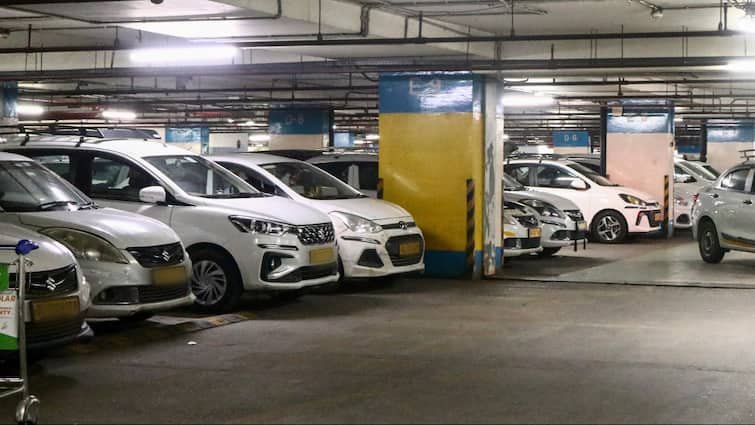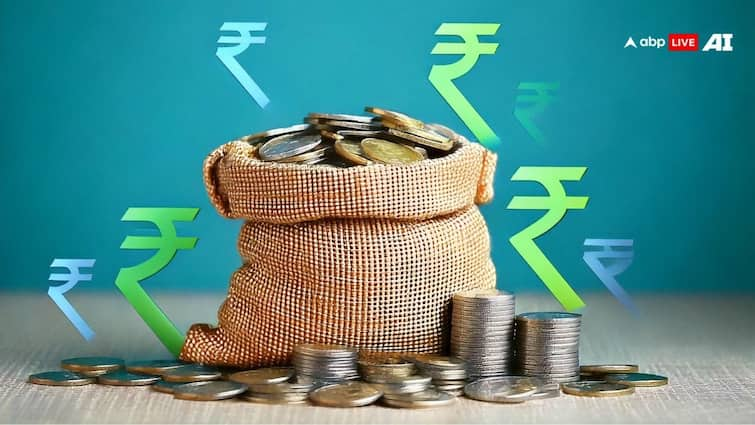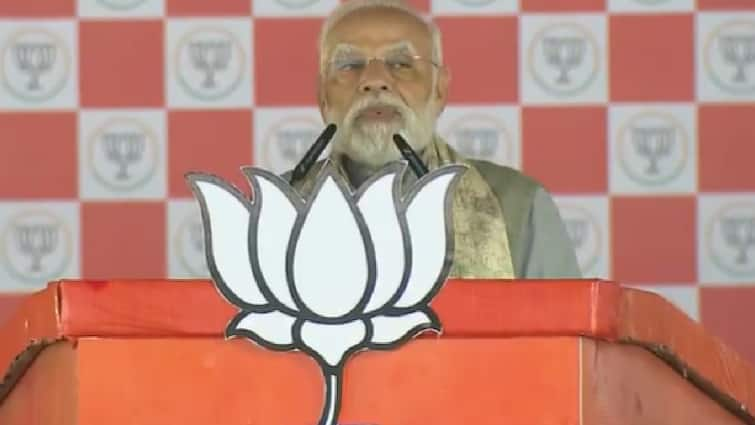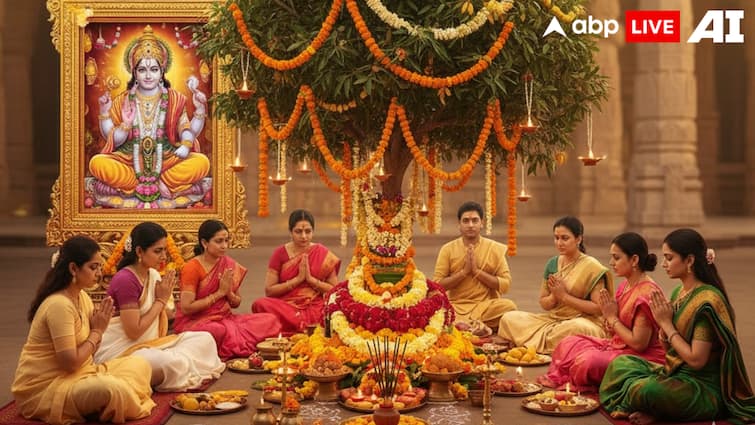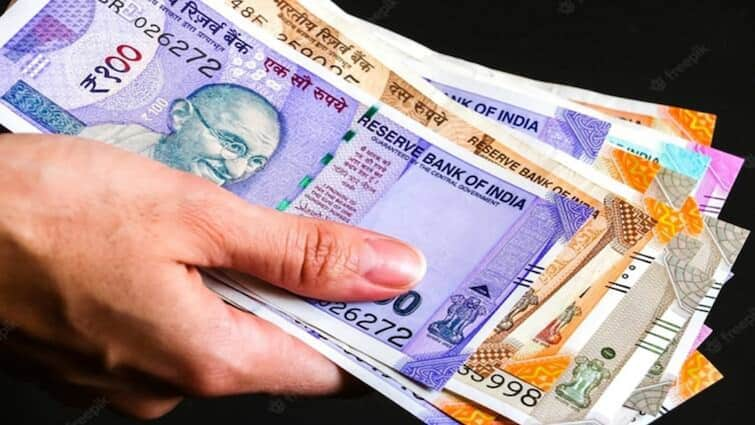Show Quick Read Key points generated by AI, verified by newsroom India’s transport landscape is gearing up for a new player with a difference. Bharat Taxi, also known as ‘Sahkar Taxi’, is set to roll out its pilot phase in Delhi from November 2025. The initiative, spearheaded by the Union Ministry of Cooperation in collaboration with the National e-Governance Division (NeGD), aims to give cab drivers a greater share in the app-based ride-hailing business and a fairer deal in the process, reported News18. The pilot project will feature 650 vehicles owned and operated by drivers themselves, marking a significant departure from the conventional aggregator model. If the pilot proves successful, the service will expand to other major Indian cities in December 2025, potentially setting the stage for a new chapter in the country’s mobility sector.
A Driver-Owned Alternative To Ola And Uber Designed as a direct competitor to private platforms like Ola and Uber, Bharat Taxi will function as a cooperative enterprise rather than a corporate entity. The service will be managed by Sahakar Taxi Cooperative Limited, which was established in June 2025 with an initial capital of Rs 300 crore. The goal is simple: to ensure that the people behind the wheel remain at the centre of the business model. Under this structure, drivers will be able to directly register their vehicles, whether two-wheelers, rickshaws, or cars, with the cooperative. This eliminates the role of middlemen and ensures that drivers retain 100 per cent of their fare earnings.
Government officials have confirmed that the fare structure will be transparent, fair and subject to regular oversight to maintain affordability for passengers. Expanding From Delhi To Other Cities In its initial phase, around 5,000 drivers, including both men and women, are expected to participate. Over the next year, Bharat Taxi aims to extend its operations to 20 major cities such as Mumbai, Pune, Bhopal, Lucknow and Jaipur. By March 2026, the government hopes to establish a strong presence across metro areas, with an ambitious plan to reach district headquarters and rural regions by 2030, involving up to one lakh drivers. Officials believe that this model will not only create employment but also offer a sustainable livelihood for thousands of driver-owners.
The cooperative format is expected to empower participants through shared ownership, profit distribution, and a collective voice in decision-making, a feature missing from most private aggregator platforms. Addressing The Ride-Hailing Concerns The government’s move comes in response to widespread criticism of existing cab services over opaque fare algorithms and inconsistent pricing. The Central Consumer Protection Authority (CCPA) previously issued notices to Ola and Uber after reports revealed that the same route could cost different amounts based on whether the booking was made from an Android or an iPhone device. Bharat Taxi promises a corrective approach. By placing pricing and operations under cooperative control, the platform aims to ensure consistency, fairness, and accountability.
For passengers, that means predictable fares and the satisfaction of supporting a driver-owned system. For drivers, it means financial independence and a stronger sense of security. Union Home Minister Amit Shah first unveiled the Bharat Taxi project in Parliament earlier this year, calling it a step forward in Prime Minister Narendra Modi’s vision of “Sahkar Se Samriddhi”, prosperity through cooperation. The initiative aligns with the Centre’s broader goal of modernising India’s cooperative ecosystem while leveraging technology to make it competitive with private enterprises.
